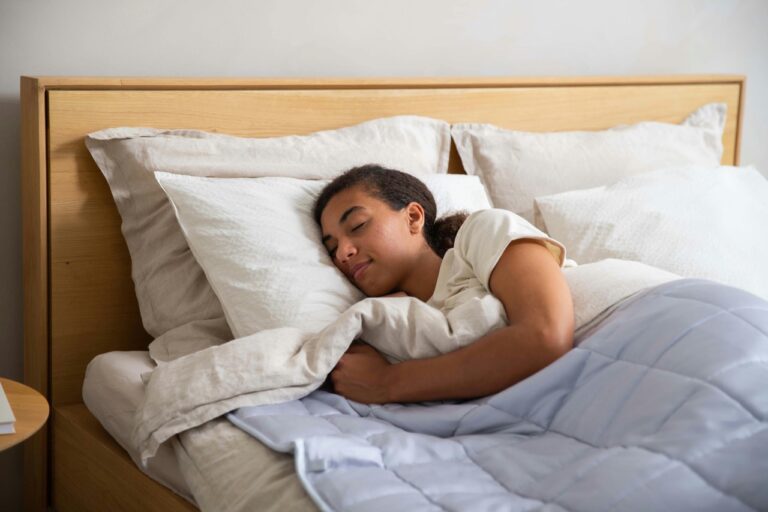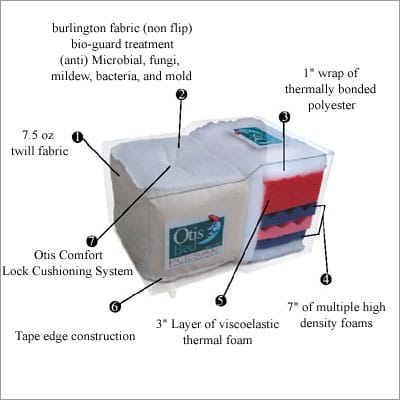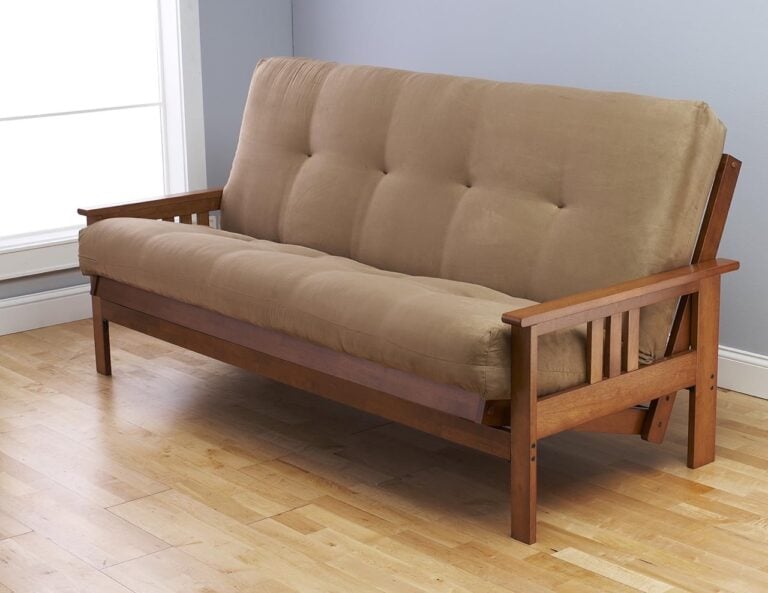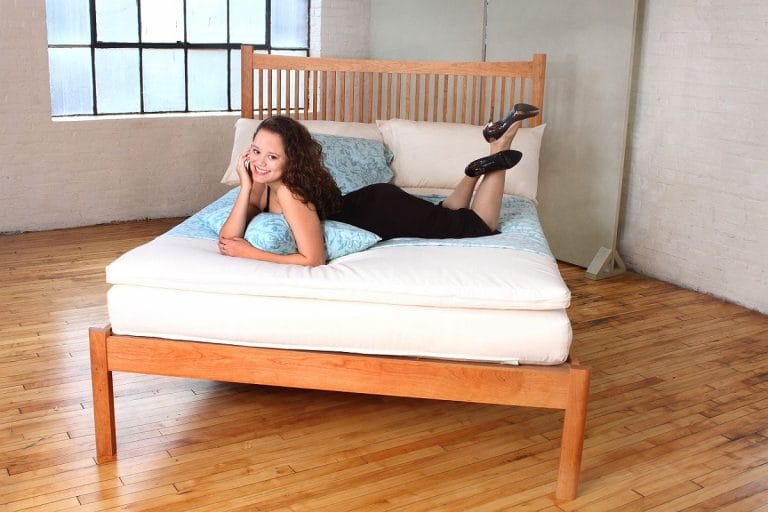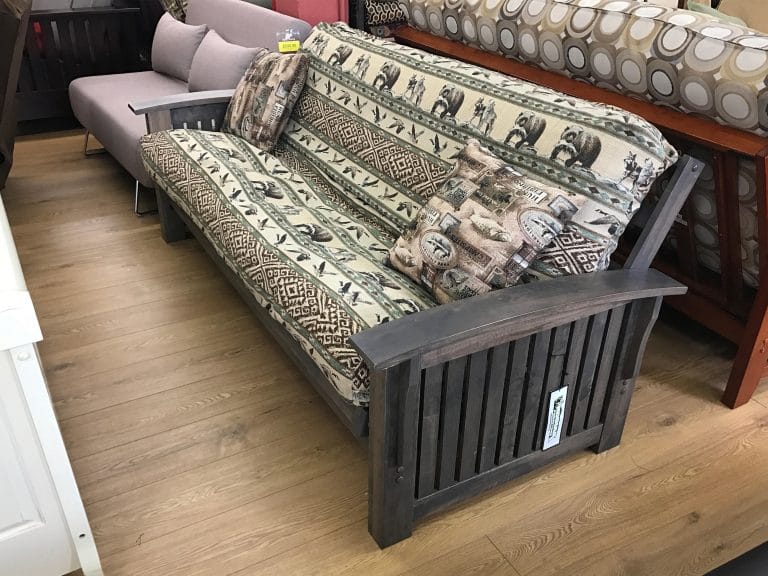Western Futon Mattress vs Shikibutons
In the realm of contemporary interior design, the trend leans heavily towards minimalist aesthetics. Homeowners increasingly seek space-efficient furnishings to cultivate uncluttered living spaces. Minimalism in interior design embodies simplicity and sharpness, presenting a challenge when endeavoring to create a cozy yet minimalist bedroom, particularly within limited space constraints.

The need for an additional sleeping surface for guests often arises, but acquiring another bed can be costly and space-consuming. Hence, the appeal of a space-saving alternative—a furniture piece serving as both a bed and a daytime couch.
Enter the modern Western-style futon, offering a solution to this dilemma!
Despite similarities, modern futons are distinct from traditional futons or shikibutons. Modern futons, featuring a wooden frame and futon mattresses, have gained popularity as integral components of minimalist living.
Here, we delve into what shikibutons and Western-style futon mattresses entail, and how they differ.
Futons vs Shikibutons
Shikibutons, traditional Japanese futons, are thin, rectangular mattresses placed atop tatami mats for sleeping. Folded and stored daily, shikibutons typically consist of wool or cotton filling, covered by removable, washable fabrics. Renowned for their lightweight, portability, and easy storage, shikibutons maintain popularity in Japan, offering comfort and support rooted in Japanese tradition.
Western-style Futon Mattresses were introduced in 1982 by William Brouwer, Western-style futons drew inspiration from Japanese futons. Crafted to accommodate modern Western living, these futons feature a wooden or metal frame and a futon mattress, offering adjustability between sofa and bed configurations. Available in various designs, shapes, and sizes, modern futon mattresses seamlessly integrate into diverse living spaces.
Distinguishing Features
While Western-style futon mattresses share origins with Japanese shikibutons, differences in characteristics are evident.
Thickness: Western-style futon mattresses, designed for elevated surfaces like futon frames, are thicker than traditional shikibutons. Shikibutons typically range from 3 to 4.5 inches in thickness, whereas modern futon mattresses exceed 4 inches.
Flexibility: Shikibutons, placed directly on the floor or mats, offer enhanced flexibility, easily folded and stored. In contrast, Western-style futon mattresses, intended for futon frames, maintain thickness conducive to folding and stacking in cupboards.
Maintenance: Shikibutons require regular airing to prevent dampness and mold, with covers recommended for protection against dust and spills. Routine flipping and rotation ensure even wear. Western-style futon mattresses, though less prone to dampness, benefit from exposure to sunlight and fresh air. Vacuuming removes dust, while stains can be addressed through dry cleaning or washing with warm water and detergent.
Conclusion
While both futon mattresses and shikibutons offer space-saving solutions and comfort, their differences in thickness, flexibility, and maintenance requirements highlight their unique roles. Whether one opts for the traditional simplicity of a Shikibuton or the modern versatility of a Western-style Futon Mattress, both options cater to individual preferences and interior design needs. Ultimately, the choice between Futon Mattress vs Shikibuton hinges on personal preference, lifestyle, and space constraints.

